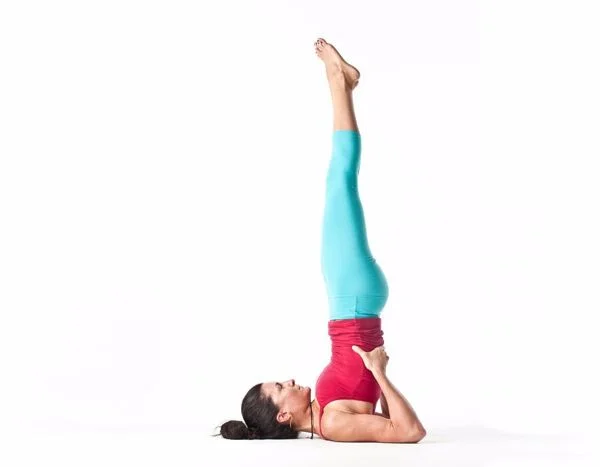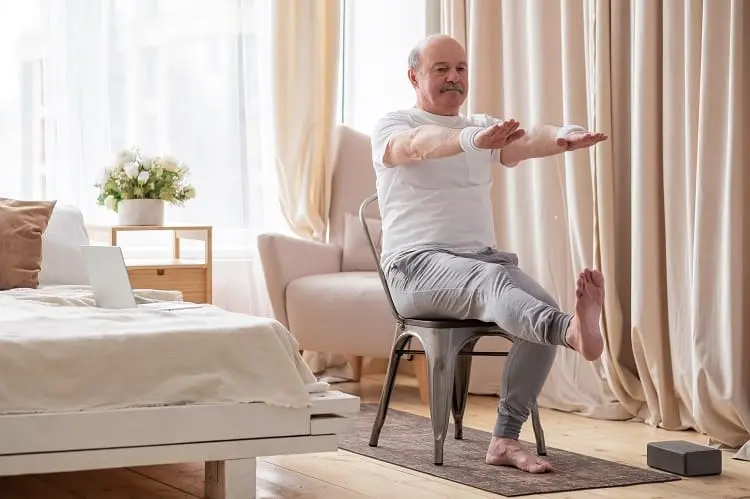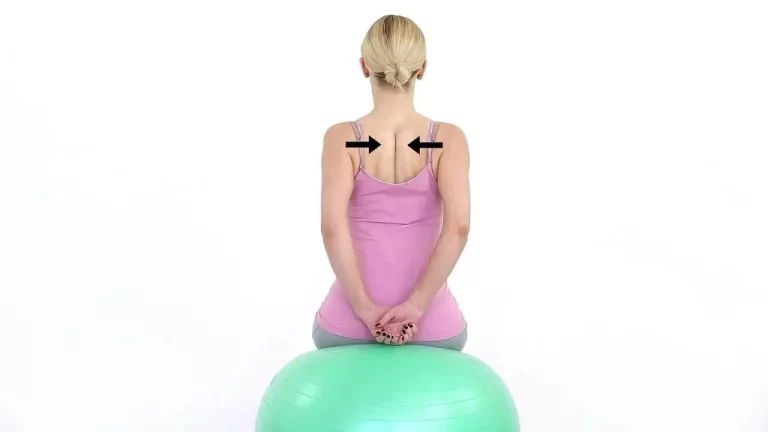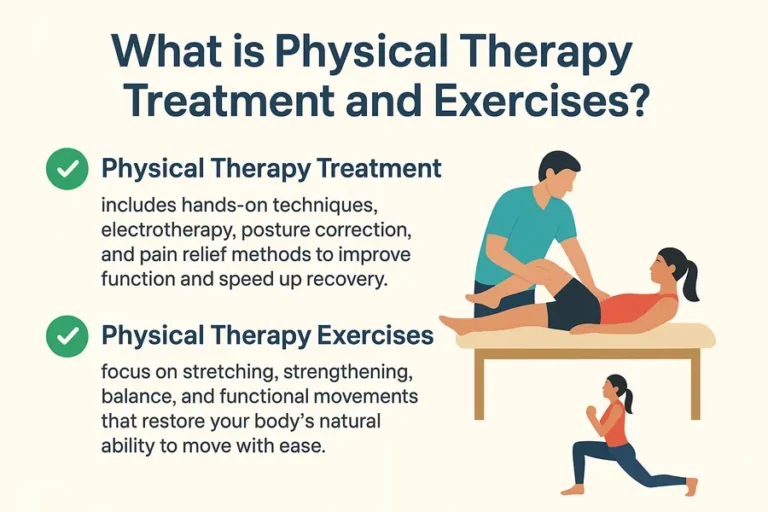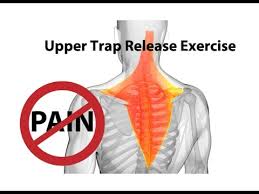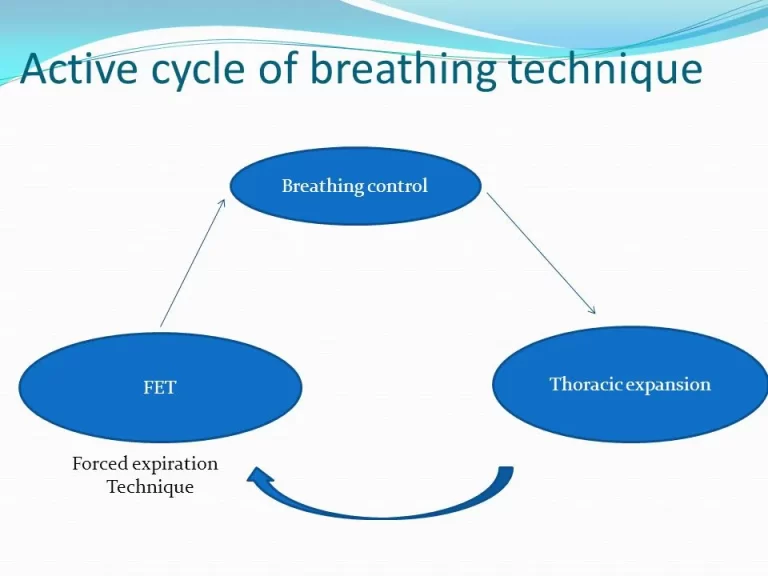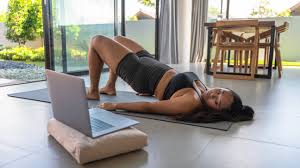Sarvangasana – The Shoulder Stand
Shoulderstand, also known as Sarvangasana, is an intermediate-level inversion pose that is a part of contemporary yoga exercises. This inversion stance tones your leg and abdominal muscles while stretching your shoulders and neck.
This yoga pose has special therapeutic effects on your respiratory system and thyroid gland. Additionally, as the name suggests, shoulderstand affects the general health and function of your muscles.
What is Sarvangasana?
Sarvangasana, or shoulder stand, is a yoga pose in which the shoulders support the entire body. Sarvangasana has an impact on how every part of your body functions, as the name suggests.
Known as the “Queen of Asanas,” this pose is very beneficial for preserving both physical and mental well-being. Sarvangasana, as the name says, is a full-body workout that stimulates multiple muscle groups while also improving posture, balance, and tranquility in a variety of ways.
Which muscles are used in sarvangasana?
- Neck flexors
- Shoulder flexors
- Erector spinae
- Rhomboids and trapezius
- Abdominal muscles
- Quadriceps
- Hamstrings
- Calf muscles
- Wrist and Forearm
What are the health benefits of sarvangasana?
- improves blood circulation in the whole body.
- Increases blood circulation inside the brain.
- Strengthens the shoulders, core, back, and neck.
- Improves the functioning of reproductive organs.
- Improves metabolism and helps in losing weight.
- Vision can be enhanced by increases in blood flow to the eyes.
- strengthens and increases the spine’s flexibility.
- encourages the thyroid and parathyroid glands to work properly.
- aids in brain relaxation and the alleviation of insomnia symptoms.
How to do Sarvangasana?
- On your back, lie flat. Keep your chin tucked and your legs tightly joined.
- Take a deep breath. Take a breath. Lift your legs till your feet are pointing up straight or they are perpendicular to your chest.
- Get ready to lift your torso by placing your hands beneath your buttocks.
- Your torso should rest on your shoulders when you slowly elevate it.
- Put your hands behind your back for support. Make sure your legs are over your head.
- Straighten your back slowly.
- Now, relax your calf muscles while maintaining a strong knee position. Keep your stance.
- Lower your legs till they form a 45-degree angle with your head to help you relax. Bring your arms down to the ground. Slowly relax.
Sarvangsana video:
What are the Follow-up Poses for Sarvangasana?
- Halasana
- Purva Halasana
- Eka Pada Sarvangasana
What is the Beginner’s Tip for Sarvangasana?
- keeping the body in a straight path.
- maintaining a sound equilibrium.
- using the abdomen to breathe.
- Attention may also be drawn to the thyroid and throat.
What are the Variations of Sarvangasana?
There are certain variations of sarvangasana:
- Supported Shoulderstand
- Ardha-Sarvangasana(Salamba Sarvangasana)
- Niralamba Sarvangasana (Unsupported Shoulderstand)
- Urdhva Padmasana in Sarvangasana
- Eka Pada Sarvangasana
- Eka Pada Parsva Sarvangasana
- Parsvaika Pada Sarvangasana
- Parsva Pindasana in Sarvangasana
Supported Shoulderstand
What is a Supported Shoulder-stand?
Sarva means all, anga denotes limb, and salamba implies support (sa = with, samba = support).
Niralamba pronounced near-ah-LOM-bah, is one variation of the “unsupported” shoulder stand.
How to do a Supported Shoulder-stand?
- Bend two or more firm blankets into one-foot-by-two-foot rectangles and stack them on top of one another. Covering the blankets with a sticky pad may help hold the upper arms in place during the pose.
- As your upper body has assistance and is qual to be one among the larger corners, sleep out on the blankets, head on the floor.
- Place your arms beside your chest before putting your feet flat on the floor with the heels at your sitting bones. Flex your knees.
- Draw your thighs into the front torso, exhale, lift your feet off the ground, and slam your arms into the floor.
- As you continue to elevate, pull your knees closer to your face by curling your pelvis and then your back torso away from the floor.
- Extend your arms so that the thumbs point behind you and the fingers press against the ground, aligning them with the blanket’s edge.
- Draw your elbows toward one another by flexing them.
- To get your upper back roughly perpendicular to the floor, raise your pelvis over your shoulders.
- Keep your elbows from spreading more than shoulder-width apart as you walk your hands up your back (toward the ground).
- Align your thighs with your upper body and hang your heels by your buttocks as you take a breath and lift your bent knees toward the roof.
- Compress your tailbone toward your pubis as you slowly rotate your upper thighs inward.
- Take one last breath, then press your heels toward the ceiling while bending your knees.
- Raise through the balls of the big toes until the backs of the legs are completely extended, making the inner legs marginally longer than the outer.
- Make the throat and tongue softer. Push the sternum in the direction of the chin while keeping the scapulae firmly on the back.
- Your skull should be nearly level to the ground level, and the tip of your chin should be horizontal to it.
- Try to lift your upper spine off the floor by actively pressing the backs of your upper arms and the top portion of your shoulders into the blanket support. Look at your chest gently.
- A novice maintains the stance for roughly 30 seconds. Until you can comfortably hold the stance for three minutes, gradually extend your stay by five to ten seconds each day.
- After that, keep doing the pose for three minutes each day for a week or two, or until you feel reasonably at ease. Once more, increase your stay by 5 to 10 seconds every day or so until you can hold the stance for 5 minutes without feeling uncomfortable. With your head still on the ground, let your breath, flex your knees into your body once again, and roll your back torso slowly and carefully onto the floor to descend.
Ardha-Sarvangasana(Salamba Sarvangasana)
How to doArdha-Sarvangasana ?
- By reclining recumbent on the mat, hold your palms near your torso and your toes contact.
- As you exhale, pull the feet close to the hips and bend the legs against the thighs.
- Supported by the hands (thumbs above, fingers beneath the hips), gently raise the lower body vertically while dragging the abdominal muscles.
- The final position involves balancing the entire body weight on the back of the head, the neck, the elbows, and the palms.
- In four seconds, complete the aforementioned steps while exhaling.
- Hold this position for as long as it seems comfortable, but no more than two minutes. Breathe gently, naturally, and rhythmically.
- Return to the starting posture by taking a breath and slowly lowering your hips toward the mat while holding onto your hands for four seconds.
- Take the starting stance after releasing the hands from the back.
- After taking a few deep breaths, take a short break and resume your regular breathing.
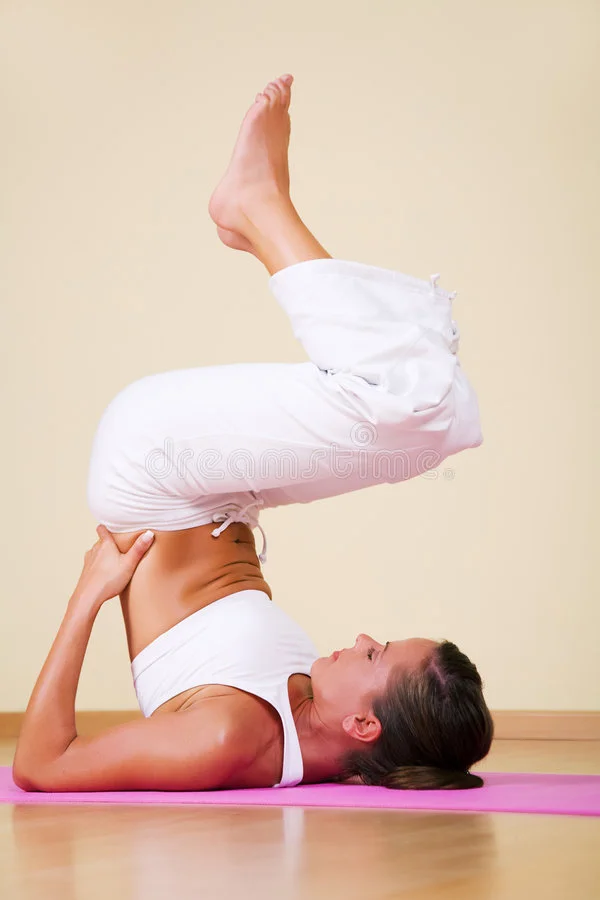
Niralamba Sarvangasana (Unsupported Shoulderstand)
What is Niralamba Sarvangasana?
Niralamba Sarvangasana is a contemporary balancing inversion that improves balance, activates the thyroid gland, and calls for shoulder and neck flexibility. Nir denotes “without” in Sanskrit, whereas alamba means “support,” sarvanga means “all limb” or “entire body,” and asana means “pose.” Sarvangasana (shoulder stand) involves raising the arms beside the torso, fingers spread and pointing upward. The sky is likewise in view. It is referred to as an unsupported shoulder stand in English. A difficult variation of Sarvangasana (Shoulderstand Pose) that is executed without the assistance of the backhands is called Niralamba Sarvangasana.
How to do Niralamba sarvangasana?
- After taking a deep breath, flex your knees and bring your legs to your tummy until your thighs are pressed against it.
- Place your hands on the back of your hips and flex your elbows until they are flat on the floor to support your hips.
- Your chest should be pressed against your chin.
- Stretch your legs straight up so they point toward the roof once you exhale.
- Continue to extend your body upward until your weight is supported by only your head, shoulders, and the backs of your upper arms and elbows resting on the floor.
- After that, let go of the arms and spread them out on the floor so that they rest on the ground but extend over the head. Finally, while holding them firmly by the side of the body, stretch them toward the legs as though you were reaching for your toes.
- For 30 seconds, hold your breath here. Then slowly let go of the position.
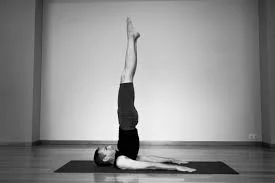
Urdhva Padmasana in Sarvangasana
What is Urdhva Padmasana?
The Ashtanga yoga ending series includes the pose Urdhva Padmasana, also called an upward lotus, which is followed by Sarvangasana. Only after mastering padmasana and sarvangasana can one achieve this pose.
Asana denotes position, Padma means lotus, and Urdhva means “upward.”
How to do Urdhva padmasana in Sarvangasana?
- With your back extended and your face up, take a straight position on a yoga mat. Maintain a slight distance between the hands and the thighs.
- Maintain your knees tight and your legs spread wide.
- Take a few deep breaths. Breathe firmly when lifting both legs transverse to the floor. To maintain this posture, take a breath while maintaining your legs steady.
- Exhale, then raise the hips and back off the floor while softly pressing the palms into the floor to raise the legs even higher.
- Once the entire trunk is off the ground, place the shoulders firmly on the ground, fold the elbows, and place the palms against the ribs. We call this posture Sarvangasana.
- This is the alternate position.
- Make sure the folded leg is parallel to your face by flexing it. Help forward by placing your palms on your knees.
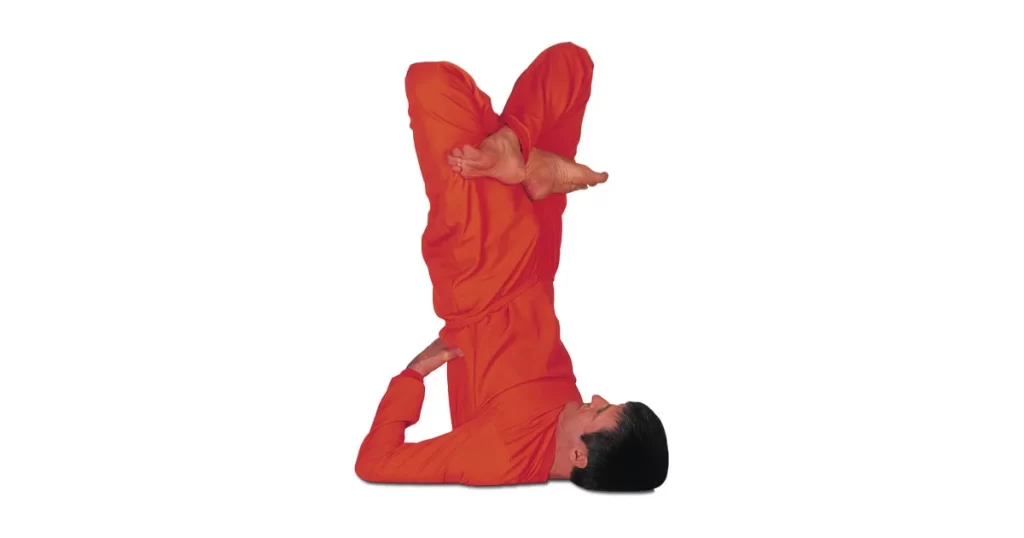
Eka Pada Sarvangasana
What is Eka Pada Sarvangasana?
One-legged Shoulderstand Pose and One-Legged All Limbs Supported Pose are other names for it.
“eka” = “one or single”
“pada” = “foot or leg”
“Sarva” = “all”
“anga” = “limb”
“asana” = “pose or posture”
One of the most important asanas is Sarvangasana, often known as the Mother or Queen of Asanas. Maintaining the lift requires some work at first, but with practice, it becomes a cool and serene stance. Eka Pada Sarvangasana (One-legged Shoulderstand Pose) is a more asymmetrical variation of Sarvangasana that emphasizes hip launching, hamstring power, and flexibility.
Eka Pada Sarvangasana is frequently practiced after a sequence, when the body and mind relax, just like in the full version of the practice. It can also be used as a transitional pose when combined with Salamba Sarvangasana. Given that it is followed by other serene poses like supported forward bends, it can be included equally in the first exercise.
How to perform One Leg Shoulder Pose?
- Let’s all assume the Shoulder Pose, also known as Salamba Sarvangasana. Hold this stance for the first time.
- Keeping the right leg in the shoulder stand position, carefully lower the left leg as we do in Halasana while you breathe in and out.
- There should be no knee joint bends and the left leg should be rigid and straight.
- The right leg, which stands straight and has no knee bends, is subject to the same criteria.
- After holding this position for a while, try the opposite pose with the left leg up and the right leg down.
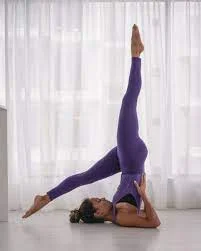
Eka Pada Parsva Sarvangasana
What is Eka Pada Parsva Sarvangasana?
Eka = one or single
Pada =leg or foot
Parsva=sideways
Sarvanga= shoulder
asana= pose
How to do Eka Pada Parva Sarvangasana?
- To begin, place your arms by your sides while you are resting on the ground.
- Raise the hips and bend the knees.
- With the right heel aligned with the left hand, move the legs to the left side while maintaining an elevated hip position.
- Keeping the right hand on the ground, place the left hand beneath the sacrum, or middle of the pelvic, to support the body.
- With your hands supporting your back, strike the Salamba Sarvangasana stance.
- While maintaining the left leg straight and in alignment with the chest, bend the right knee and bring it closer to the body. Allow the forward inclination of the pelvis. Support the right side of the body gradually while holding the waist with the right hand.
- Let go of the right hand’s support and place the arm on the ground.
- Keep the left leg above the hips as you slowly drop it.
- When the left hand and shoulders are stable, extend the right arm sideways in line with the shoulder to offset the left’s weight.
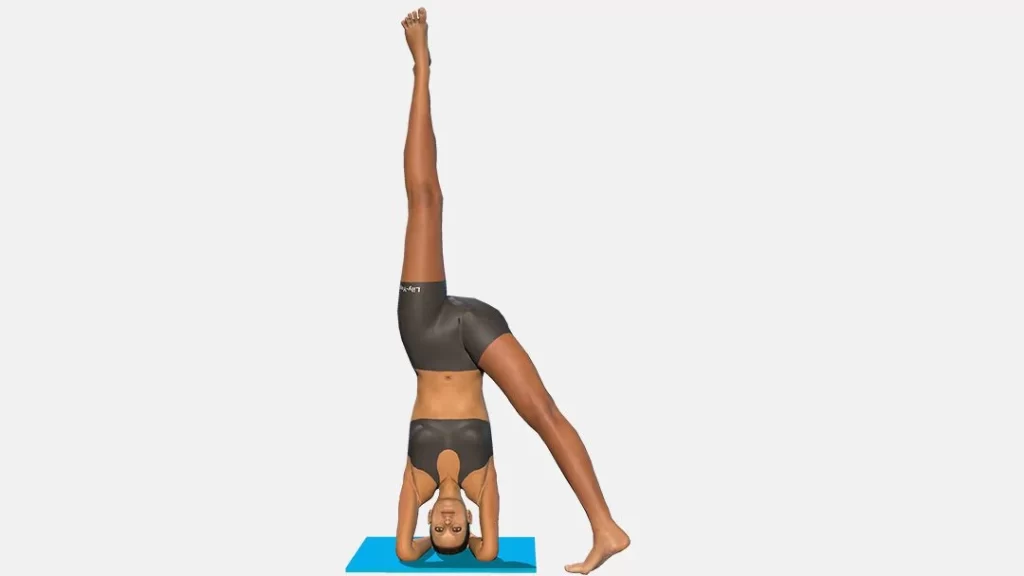
Parsvaika Pada Sarvangasana
What is Parsvaika Pada Sarvangasana?
The side is what Parsva implies. Here, the lower leg lies sideways in alignment with the trunk, while in Eka Pada Sarvangasana, it is positioned behind the head.
How to do Parsvaika Pada Sarvangasana?
- Return to Sarvangasana after performing Eka Pada Sarvangasana on both sides.
- Exhale, then drop the left leg sideways to the floor until it is parallel to the trunk.
- Don’t flex your left leg at the knee; instead, keep it rigid and straight.
- Lower the leg as far as you can if you can’t contact the ground.
- The vertically raised right leg should remain straight and not slant to the left.
- To fully extend the chest, elevate the ribs with the hands.
- After 20 seconds of holding the pose while breathing normally, release the tension and return to Sarvangasana.
- Return to Sarvangasana after repeating for the same amount of time with the other leg.
Parsva Pindasana in Sarvangasana
What is Parsva Pindasana in Sarvangasana?
Parsva signifies flank or side. The preceding position is repeated in Pindasana, with both flexed knees sideways on the same side of the trunk. This is Sarvangasana’s lateral embryo stance.
How to do Parsva Pindasana in Sarvangasana?
- Once in Pindasana, lower both knees to the floor, exhale, and move the hips sideways to the left.
- The right knee and right ear should be adjacent.
- In the beginning, the right shoulder will be elevated off the ground.
- Firmly press the right hand against the back and push the shoulder against the floor.
- You will lose your balance and turn to one side if you don’t do this.
- As the diaphragm is compressed in this position, the lateral twist will cause rapid and difficult breathing.
- Only after extensive practice can the knee close to the ear begin to rest on the ground.
- Maintain regular breathing while holding this position for 20 to 30 seconds.
- Exhale, raise yourself from the left and shift your crossed legs to the right so that your right foot is close to your right ear.
- Hold for the same amount of time here as well.
- Return to Padmàsana Ûrdhva. Release the lotus pose by uncrossing the legs and then return to Sâlamba Sarvangasana.
- The crossed legs should now be repositioned.
- Instead of crossing the legs the other way as before, cross them again by placing the right foot over the left thigh first, followed by the left foot over the right thigh.
- As previously mentioned, repeat the movements on both sides.
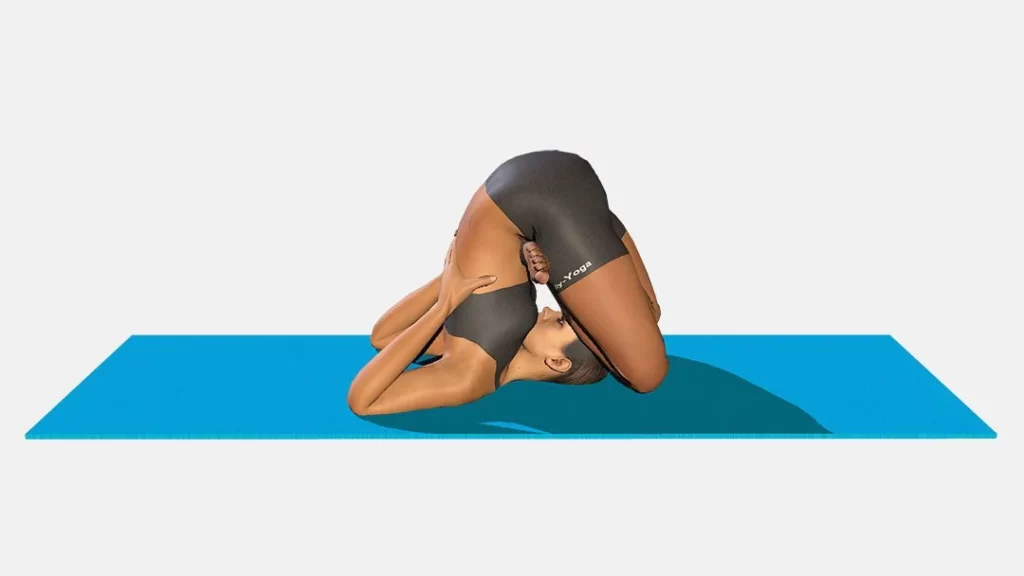
Sarvangasana precautions:
You should be aware of the negative effects and contraindications of yoga poses. Below is a list of some of Sarvangasana’s warnings.
The asana should not be performed by anyone with excessive blood pressure.
Steer clear of this pose when you’re menstruating.
Avoid this stance if you have spinal problems.
If you have glaucoma, acute thyroid issues, chronic neck ailments, shoulder injuries, or retinal issues, don’t practice.
People with heart issues, middle ear issues, capillaries, spondylosis, slipped discs, and frail age should avoid it.
What are the Contraindications for Sarvangasana?
- Back Pain
- Spondylitis
- Heart Issues
- High Blood Pressure
- Pregnant or Menstruating
- Throat or Ear Infection
- Diarrhea
- Headache
- Neck injury
- glaucoma
FAQs
What is Sarvangasana good for?
Sarvangasana is a strenuous yoga practice that tones the arms, neck, and core. Additionally, it improves hip flexibility and adds to the general strength and flexibility of the body.
Who should not do Sarvangasana?
The asana should not be performed by anyone with excessive blood pressure. Steer clear of this pose when you’re menstruating. Avoid this stance if you have spinal problems. If you have glaucoma, acute thyroid issues, chronic neck ailments, shoulder injuries, or retinal issues, don’t practice.
How long should you do Sarvangasana?
The Sarvangasana stance can be held for 30 seconds by beginners, and then progressively extended to 3 to 5 minutes. How many times a day should you perform Sarvangasana? Sarvangasana can be done for one minute during the day and one minute at night.
Which pose is the Queen of yoga?
“King and Queen of Yoga Asana” refers to the headstand (sirsasana) and shoulder stand (salamba sarvangasana).
References:
Sarvangasana – The Shoulder Stand | Steps | Benefits | Learn Yogasanas Online | Yoga and Kerala. (n.d.). Yoga. https://www.keralatourism.org/yoga/reclining-postures/sarvangasana
Sarvangasana Yoga (Shoulderstand Pose) | Yoga Sequences, Benefits, Variations, and Sanskrit Pronunciation | Tummee.com. (2017, November 20). Tummee.com. https://www.tummee.com/yoga-poses/sarvangasana
Sarvangasana (Shoulderstand Pose). (n.d.). MyYogaTeacher. https://myyogateacher.com/yoga-asana/sarvangasana
Dr.Nidhiphysio. (2024b, September 29). Sarvangasana: Health Benefits, How to do? – Variation – Mobile Physio. Mobile Physiotherapy Clinic. https://mobilephysiotherapyclinic.in/sarvangasana-yoga-pose/#What_are_the_Follow-up_Poses_for_Sarvangasana
Vastralphysiotherapyclinic. (2024b, February 7). Sarvangasana. Mobility Physiotherapy Clinic. https://mobilephysiotherapyclinic.net/sarvangasana/

